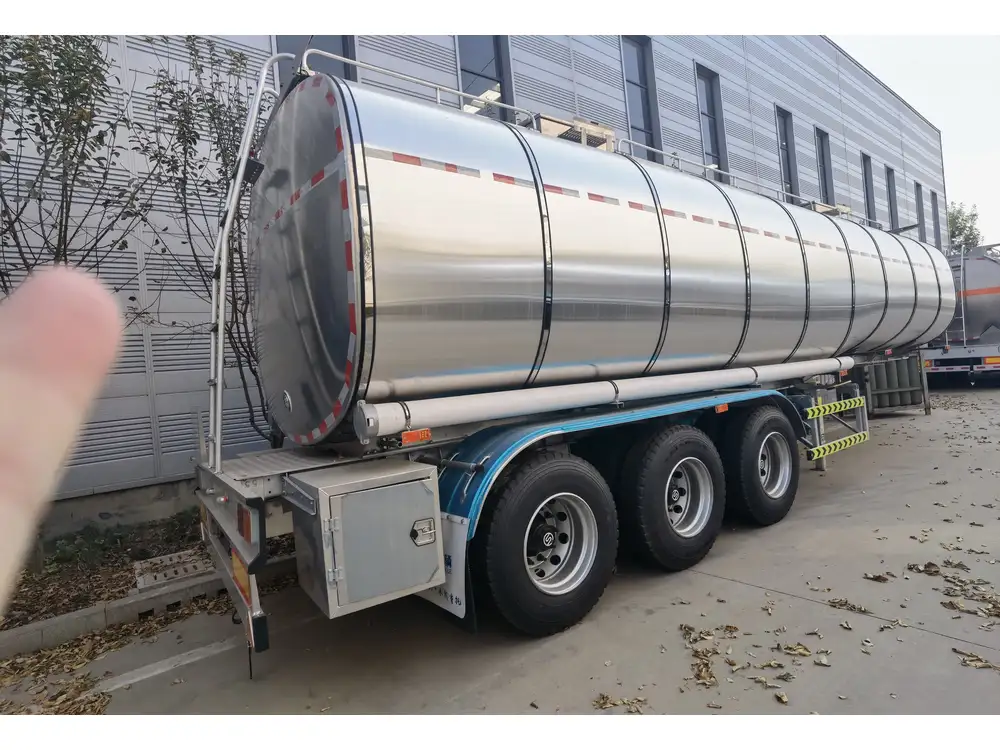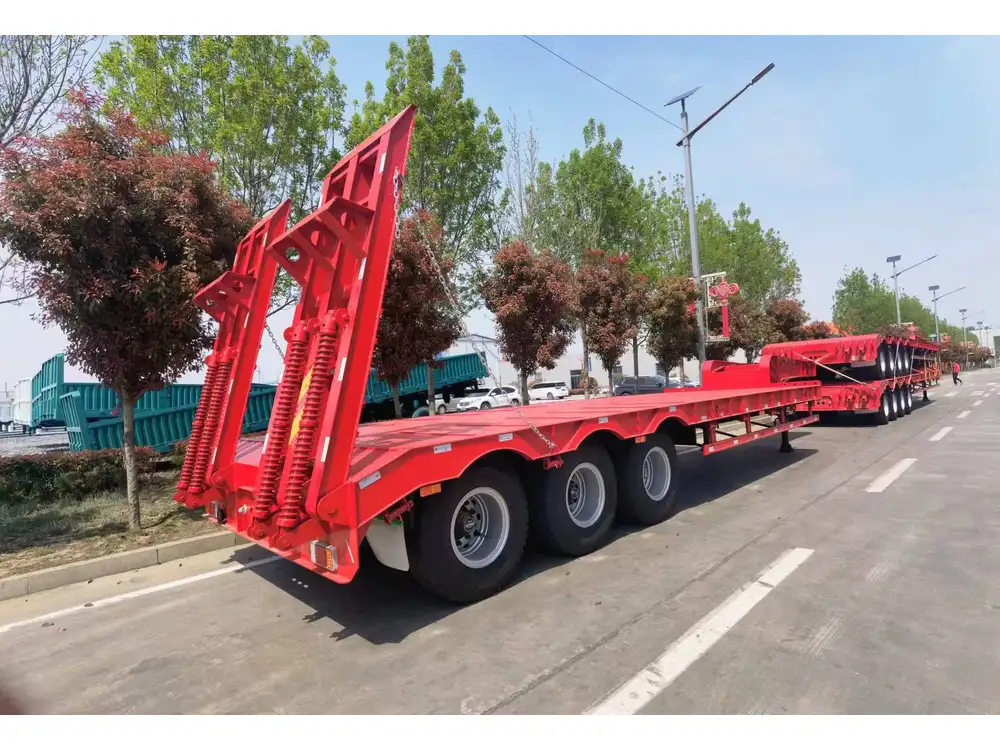Redecking a flatbed trailer is a critical maintenance procedure that can enhance the trailer’s longevity, improve safety, and ensure optimal performance. This extensive guide will walk you through the entire redecking process, from assessing your current deck to choosing the right materials and executing the replacement.
Understanding the Need for Redecking
Reasons for Redecking
- Wear and Tear: Continuous use can lead to significant wear on the surface of flatbed trailers.
- Structural Integrity: Compromised decking can result in decreased load capacity and safety hazards.
- Aesthetic Appeal: A new deck not only functions well but also enhances the overall appearance of the trailer.

Signs Indicating It’s Time for Redecking
- Notable cracks or splits in the wood
- Warping or soft spots that indicate rotting
- Excessive rust on steel decks
- Weight distribution issues leading to trailer instability
Tools Needed for the Redecking Process
Before beginning the redecking project, gather the necessary tools and materials:
| Tool/Material | Description |
|---|---|
| Circular Saw | For cutting new decking materials |
| Sledgehammer | For removing old decking |
| Drill | For securing bolts or screws |
| Level | To ensure proper installation |
| Measurement Tape | For accurate sizing |
| Safety Goggles | Essential for eye protection |
| Hearing Protection | To safeguard against loud noises |
| New Decking Material | Can be wood, aluminum, or steel |
Selecting the Right Material
Choosing the right decking material is crucial for ensuring durability and longevity. Here are some options to consider:

Wood Decking
- Benefits: Cost-effective, easy to work with, and provides good traction.
- Drawbacks: Prone to rotting, warping, and splintering over time.
Aluminum Decking
- Benefits: Lightweight, resistant to rust and corrosion, and offers longevity.
- Drawbacks: Higher initial cost and can be slick when wet.
Steel Decking
- Benefits: Extremely durable and capable of handling heavy loads.
- Drawbacks: Heavier than wood or aluminum and can rust if not treated properly.

Comparing Material Attributes
| Material | Cost | Durability | Weight | Maintenance | Lifespan |
|---|---|---|---|---|---|
| Wood | Low | Moderate | Varies | High | 5-10 years |
| Aluminum | High | High | Low | Low | 25+ years |
| Steel | Moderate | Very High | Moderate | Moderate | 15+ years |
Step-by-Step Redecking Process
Step 1: Remove the Old Decking
- Inspection and Assessment: Begin by inspecting the existing deck. Identify areas that are damaged and note any structural issues with the trailer itself.
- Safety First: Before starting work, ensure you wear safety goggles and hearing protection.
- Remove Fasteners: Use a drill or socket wrench to remove screws or bolts fastening the old decking to the trailer frame.
- Take Off the Old Decking: Employ a sledgehammer to pry off planks. Work carefully to avoid damaging the underlying structure.

Step 2: Clean the Frame
- Inspect the Frame: After removing the old deck, assess the condition of the trailer frame for rust or structural damage.
- Clean the Frame: Use a wire brush to remove any loose debris or rust. For larger areas, employ a power washer to ensure a clean surface.
- Make Repairs: If any structural components are damaged, replace or reinforce them before installing the new decking.
Step 3: Measure and Cut the New Decking
- Take Accurate Measurements: Use a measurement tape to determine the length and width needed for each plank.
- Cut to Size: Utilize a circular saw to cut the new decking material to the required dimensions. Double-check measurements for accuracy.
Step 4: Install the New Decking
- Position the Planks: Start at one end of the trailer and lay down the first plank, aligning it with the trailer’s edge.
- Fasten the Planks: Use a drill to secure the planks to the frame. Ensure they are evenly spaced and tightly secured.
- Check for Level: Use a level to make sure the deck is perfectly flat, adjusting as necessary.

Step 5: Finishing Touches
- Seal or Treat: If using wood decking, consider applying a protective sealant to enhance longevity and resist moisture.
- Final Inspection: Double-check all fasteners and ensure that the decking is securely installed.
Maintenance Tips for Prolonged Deck Life
To ensure the longevity of your redecked flatbed trailer, consider these maintenance practices:
- Regular Inspections: Check for warping, cracks, or loose fasteners at least once a month.
- Cleaning: Remove debris, dirt, and any spills that can cause corrosion or rot. Power wash the deck seasonally.
- Reapply Sealants: If using wood, reapply sealants every two years or as needed based on exposure to elements.
- Weight Management: Avoid exceeding the trailer’s weight capacity to prevent strain on the decking.
Frequently Asked Questions

What is the average cost to redeck a flatbed trailer?
The cost of redecking can vary based on material choice and labor. On average, materials can range from $1,000 to $3,000, while labor costs can add an additional $500 to $1,500, depending on local rates and the complexity of the work.
How long does it take to redeck a flatbed trailer?
The duration of the redecking process can vary, typically taking anywhere from a few hours to a few days, contingent upon the size of the trailer and the amount of old decking that needs removal.
Can I do it myself, or do I need a professional?
If you have basic carpentry skills and the necessary tools, redecking can be a DIY project. However, if structural issues are identified or if you’re uncertain, hiring a professional can ensure safety and adherence to best practices.

Conclusion
Redecking your flatbed trailer is a vital maintenance task that benefits both the trailer’s functionality and your bottom line. By understanding the reasons for redecking, selecting the right materials, and following a structured approach, we can ensure a successful redecking project that prolongs the life and enhances the performance of your flatbed trailer. Regular maintenance and vigilance will keep your trailer in top condition, providing reliability for your transportation needs.
By following this comprehensive guide on how to redeck a flatbed trailer, users not only gain insights into the process but also benefit from practical advice that encourages them to take actionable steps toward maintaining their investment. This systematic approach addresses potential issues while enhancing user engagement through detailed, informative, and structured content.



